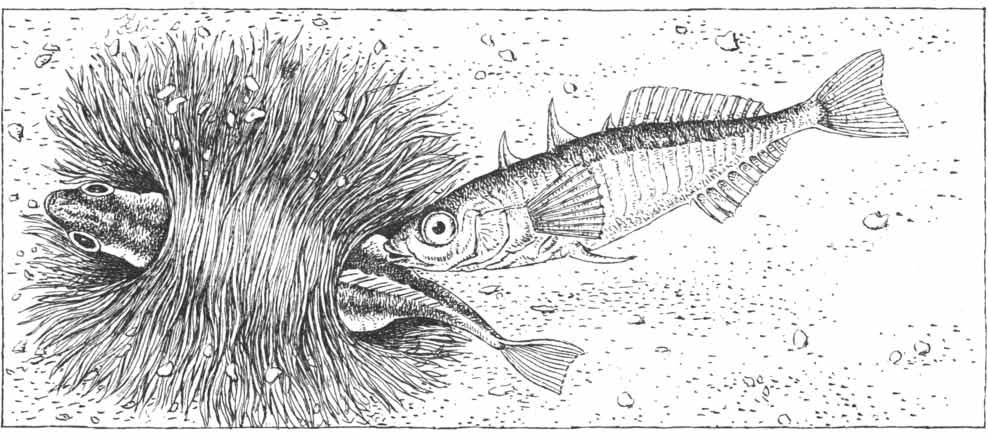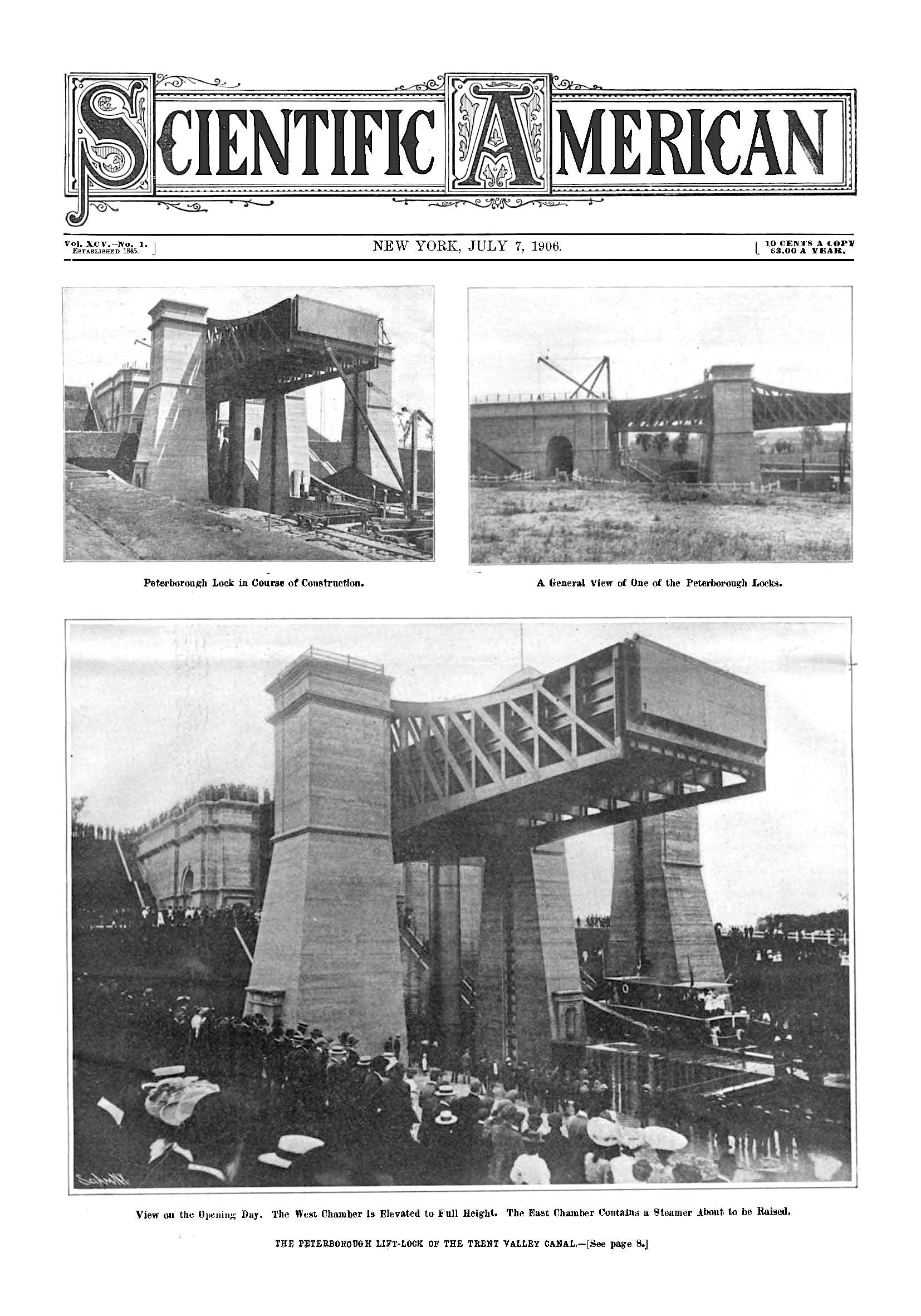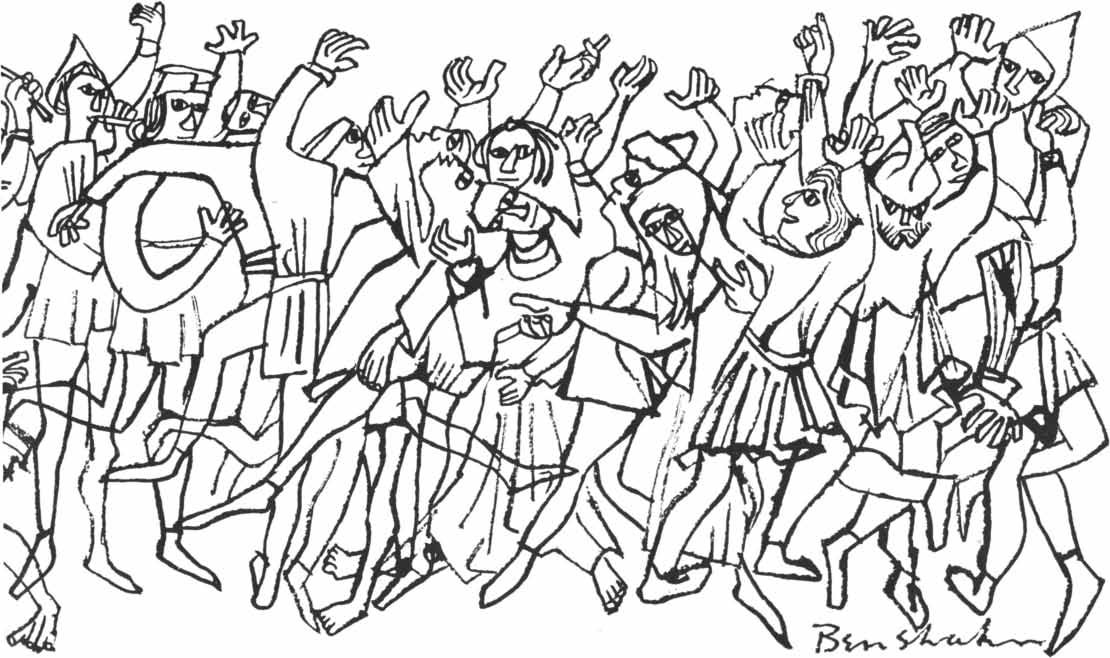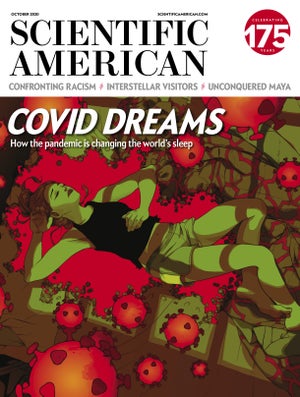| It’s October and most of us around the world are still trying to avoid the novel coronavirus—or its consequences. The brightest spot this month are the Nobel Prize announcements, when we find out who has been awarded the highest honor for intellectual achievement in the service of humanity. We’ve always been proud of our authors who have won this prize, and there are over 200 of them, and I’ll introduce you to three of them here. For something completely different: canals. These waterways used to be far more important than they are now, for all sorts of reasons. And lastly, in October we celebrate World Mental Health Day, so let’s look back at how we’ve covered the subject.
And for our 175th anniversary year, more gems from Scientific American’s history can be found at Artifacts from the Archive.
|












Comments
Post a Comment